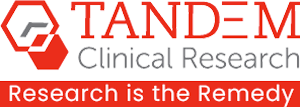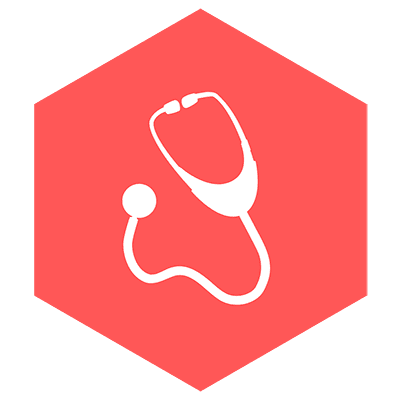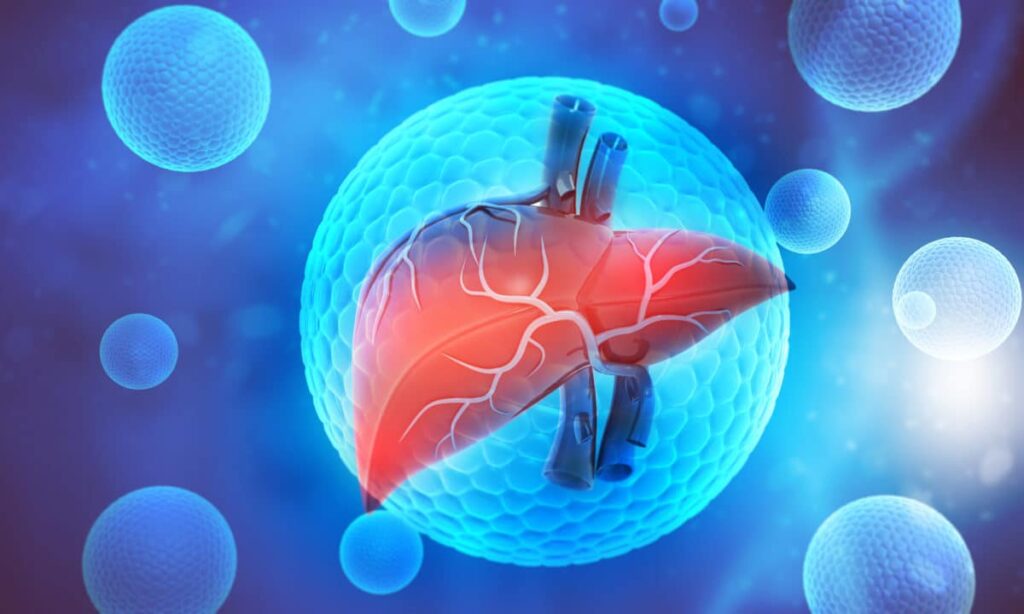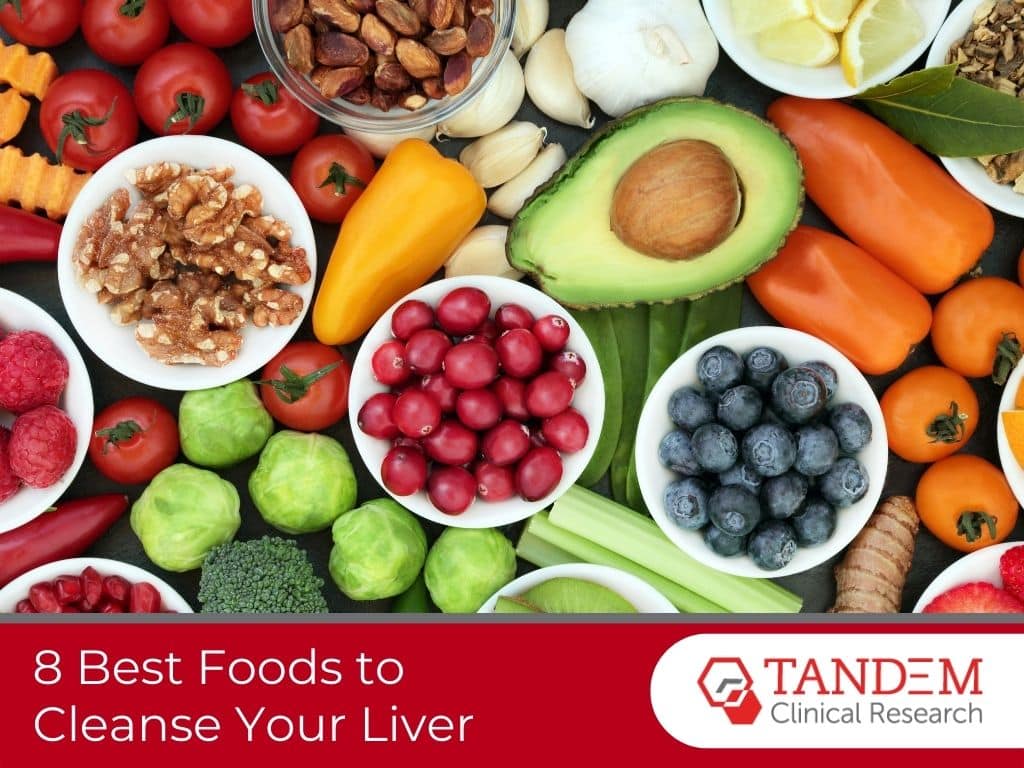It’s estimated that 25% of adults in the United States have fatty liver disease, a common condition that occurs when extra fat is stored in the liver. Although most of these people exhibit no noticeable symptoms, the disease can lead to serious liver damage and health concerns in the future.
A healthy liver should contain a small amount of fat, usually under 5%. When that number grows, fatty liver disease (also known as steatosis) can occur.
This can then eventually affect the body’s ability to:
- Produce bile
- Create proteins
- Store iron
- Convert nutrients into energy
- Make immune factors and remove bacteria/toxins
What Are the Forms of Fatty Liver Disease?
Fatty liver disease is becoming increasingly common around the world, especially in Western nations. In the United States, it is now considered to be one of the most common forms of chronic liver disease.
Fatty liver disease cases fall into two categories:
1) Alcoholic Liver Disease
Fat can accumulate in the liver as a result of heavy drinking. It’s estimated that about 5% of Americans have alcoholic liver disease, and if drinking continues, serious damage or liver failure can occur. This is especially common in female heavy drinkers, have obesity, or possess certain genetic mutations.
2) Nonalcoholic Fatty Liver Disease
Nonalcoholic fatty liver disease (NAFLD) occurs in people who do not drink heavily, sometimes early in life. Although certain factors do increase individuals’ risk, researchers have not identified an exact cause behind NAFLD.
Because NAFLD is often symptom-free, especially in its early stages, many people are unaware of their condition for years at a time. As the disease progresses, some patients then develop nonalcoholic steatohepatitis (NASH), a more aggressive form of fatty liver disease.
This can result in:
- Increased liver damage
- Inflammation
- Scarring that can progress to cirrhosis
- And in serious cases, liver failure
The Symptoms of NAFLD & NASH
Because NAFLD does not usually trigger noticeable symptoms, it can be difficult to identify and diagnose. In the rare event that it does produce some signs upfront, individuals may notice:
- Red palms
- Yellowing of the skin and eyes (jaundice)
- Feelings of fatigue
- Discomfort in the upper right abdomen
- Abdominal swelling (ascites)
- Enlarged blood vessels beneath the skin’s surface
If NFALD progresses and the patient develops NASH or advanced scarring, the symptoms may worsen. Many NASH patients report the symptoms listed above, as well as:
- Nausea or weight loss
- Swollen legs
- Extreme tiredness
- Mental confusion
- Physical weakness
What Causes Fatty Liver Disease?
Scientists have yet to identify the exact cause of NAFLD. However, researchers have identified some environmental and genetic risk factors that can contribute to fat accumulation in the liver.
Both NAFLD and NASH are highly linked to:
Match With NASH Clinical Trials
Have you exhibited the signs of fatty liver disease and nonalcoholic steatohepatitis (NASH)? You may qualify for a trial near you. Tandem Clinical can match you with:
- Cutting-edge treatments
- The latest clinical studies
How is Fatty Liver Disease Diagnosed?
Because there are few noticeable symptoms associated with the early stages of NAFLD, it’s a difficult disease to diagnose. However, if the disease causes the patient to develop nonalcoholic steatohepatitis eventually, the symptoms may be easier for medical professionals to use in diagnosis.
Doctors can also order blood tests to assess liver enzymes for a diagnosis. Some experts may also call for ultrasounds, CT scans, liver biopsies, or other specialized scans.
Treating Fatty Liver Disease
There is no medication specifically created to battle fatty liver disease. When most patients are diagnosed with NAFLD or NASH, doctors primarily focus on controlling the factors that contribute to the disease.
This often involves making nutritional and lifestyle changes such as:
NASH Clinical Trials
If you have been diagnosed with fatty liver disease, you have the opportunity to participate in clinical studies and help researchers obtain valuable information – both for your benefit and for the future care of others.
Researchers are currently studying many aspects of nonalcoholic fatty liver disease (NAFLD), nonalcoholic fatty liver (NAFL), and nonalcoholic steatohepatitis (NASH). This includes the assessment of:
- New treatments for NASH
- How genes and environmental factors increase the risk of NAFLD
- How liver diseases develop and progress
These clinical trials are carried out in reputable hospitals, universities, and research centers. If you’re interested in participating, reach out to learn about clinical trials in your area.
Helping Friends or Family With Fatty Liver Disease
Has your loved one been diagnosed with fatty liver disease? Whether they have NAFLD or NASH, there are things you can do to assist them on their healing journey.

Offer Emotional Support
Because treatment often involves serious life changes, emotional support is crucial to fatty liver disease patients. Listen to their complaints and encourage them when things get tough.
If appropriate, offer to attend doctor’s appointments with them. It always helps to have someone in your corner when facing a health challenge.

Exercise Together
A combination of healthy eating and increased activity is often the first line of defense against fatty liver disease. Therefore, one of the best ways to support individuals with NAFLD or NASH is to accompany them on their exercise journey. Offer to sign up for a workout class together or keep them company on their daily walks.
Match with NAFLD & NASH Clinical Trials
At Tandem Clinical Research, we specialize in connecting patients with clinical trials for pharmaceutical, biotech, and medical device companies. If you live near New Orleans, New York City, or Orlando, we’ll connect you with trials in your immediate area.
Treatment for fatty liver disease may seem like an uphill battle – but there’s significant research taking place right now to find new solutions. Consider joining a NAFLD or NASH clinical trial to contribute to the scientific study of fatty liver disease.





